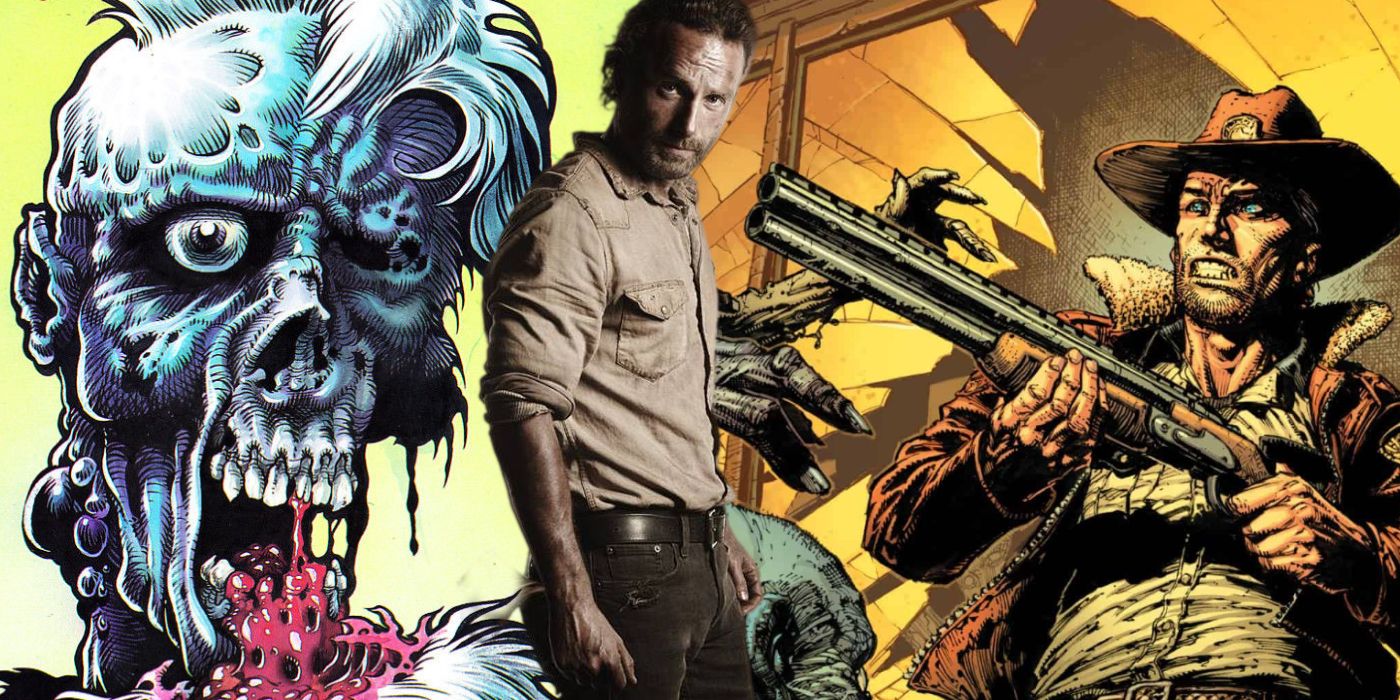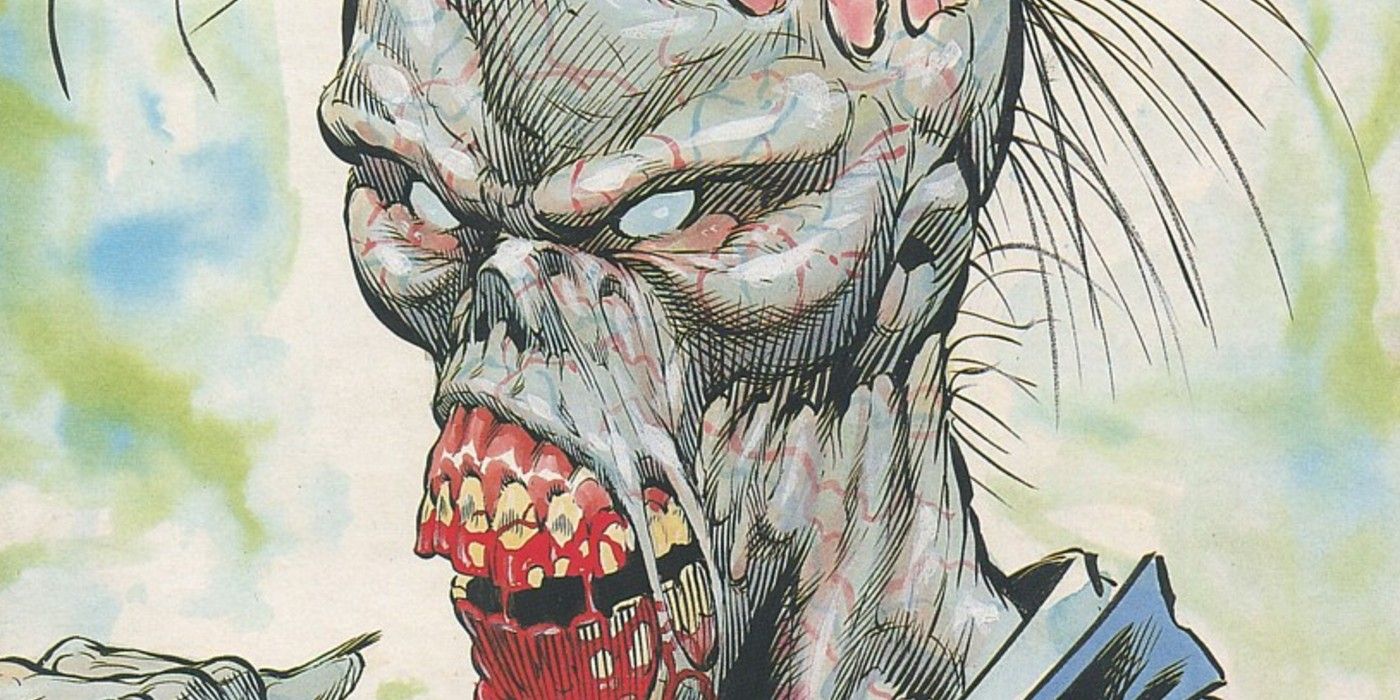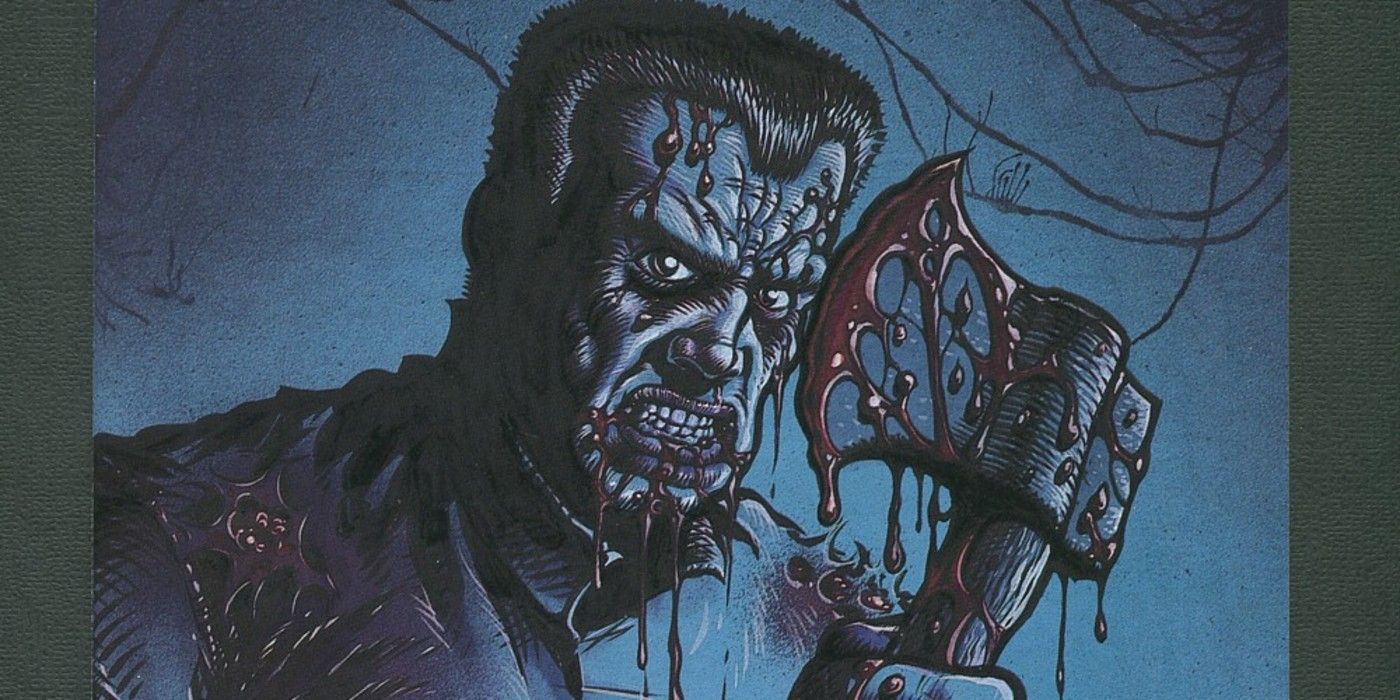
Ever since the immensely successful 2010 launch of AMC’s The Walking Dead, it’s been basically impossible to avoid the zombie horror that has seemingly permeated all of pop culture in its wake. The show’s inspiration, Robert Kirkman’s comic book of the same name, which ran from Image Comics from 2003-2019, has spawned three TV shows (with a fourth one in the works), multiple video games and even inspired a brand of toy Nerf guns. Kirkman’s books led to a legitimate pop culture phenomenon that’s still going strong to this day. But what many fans likely don’t know is that Kirkman’s was actually the second The Walking Dead comic book. And the first one predated the more well-known title by more than a decade.
The books came from Aircel Comics, the same publishing company behind the Men in Black comics. Much like Kirkman’s books, Aircel’s TWD was printed in black and white and also starred a former police officer protagonist who found himself in a world turned upside down by undead hordes. However, that’s about where the similarities end between the two titles. These zombies were quite different from the mindless “walkers” fans of Kirman’s books or the AMC shows might be more familiar with.
The four-issue series from writer/artist Jim Somerville was released in 1989 and would be followed up by a one-shot “Zombie Special” the following year. The first issue opens with two alien spacecrafts in a heated dogfight not far from Earth. One of the ships contains canisters of a “miracle gas” that is said to “rejuvenate lifeless warriors.” As luck would have it, that ship is shot down and it debris lands smack dab in the middle of Washington, D.C. The gas immediately works its magic and the dead began crawling from their graves, hungry and in mood for living flesh.

Unlike the shuffling, mindless corpses populating Kirkman’s books and TV screens around the world, the undead in Somerville’s books were actually able to speak, organize, and even use firearms. They formed tribalistic gangs with names like the “Kidz From Hell” and are often at war with other reanimated factions as mych as they are with humanity’s survivors. It’s honestly not terribly unlike a zombified version of The Warriors. The first issue even features a scene where the zombies are holding a makeshift concert of sorts, with the headliner, a zombie by the name of Warp-Rap, crooning such inspired lyrics as, “Weez love to kill, weez love be dead, weeze suck meat’s brain from out they head!” But the show doesn’t last for long before Barker, the former cop-turned-zombie-slayer breaks up the fun.
Unfortunately, the Aircel Comics’ version of The Walking Dead doesn’t seem to be on any digital platforms, although secondhand issues can be found on sites like eBay or Amazon. However, since the series never proved to be a hit and no second printings were ever made, remaining copies come with a fairly steep price tag.

Despite the similarities, there’s little chance that an obscure, short-lived indie title had much of an impact on Kirkman’s now seminal series. The Walking Dead is a fairly obvious and undeniably fantastic name for any property featuring reanimated corpses as the main antagonists and having someone in law enforcement battling them back seems like a natural choice. But still, Jim Somerville’s The Walking Dead makes for a curious and fascinating footnote in the annals of comic book history.





